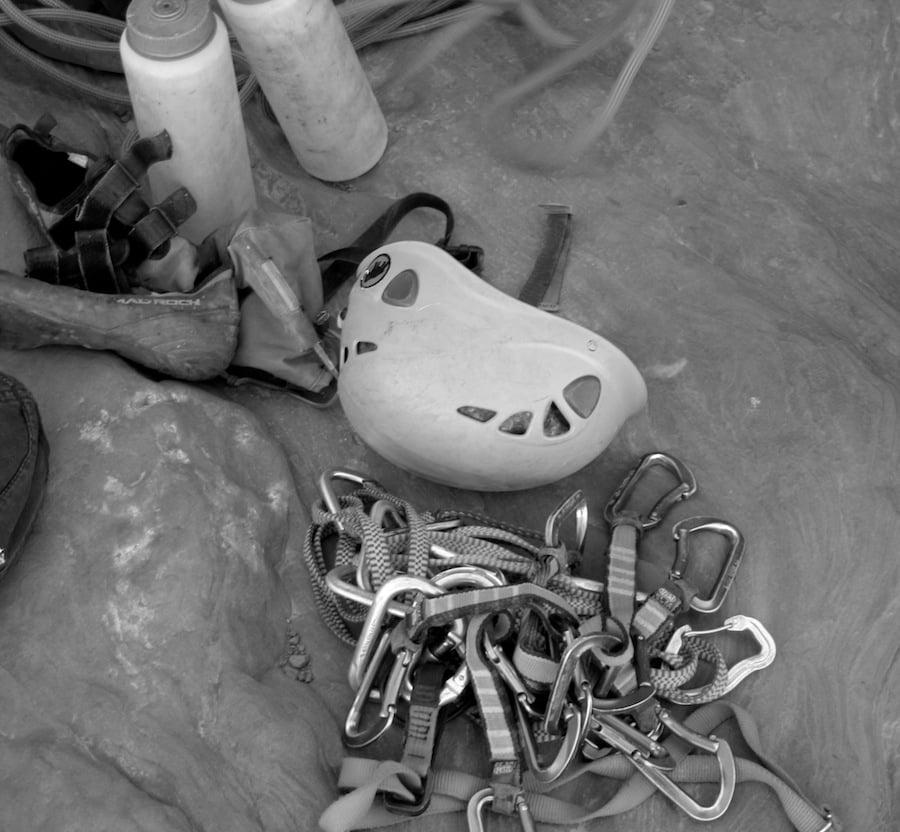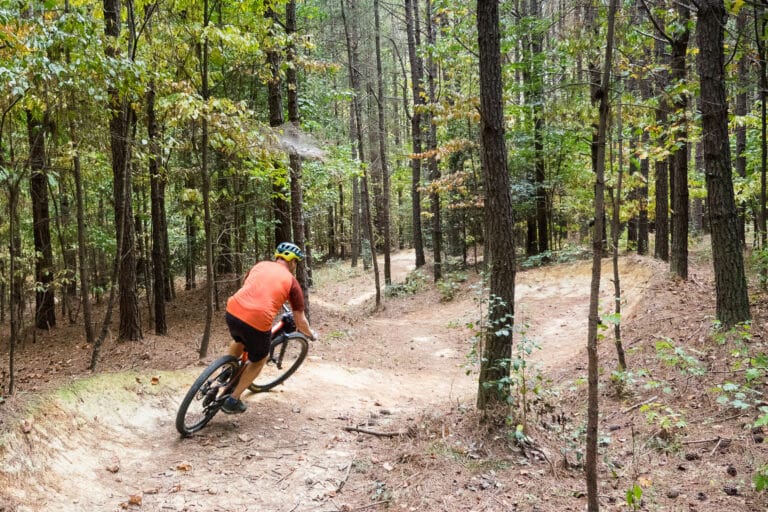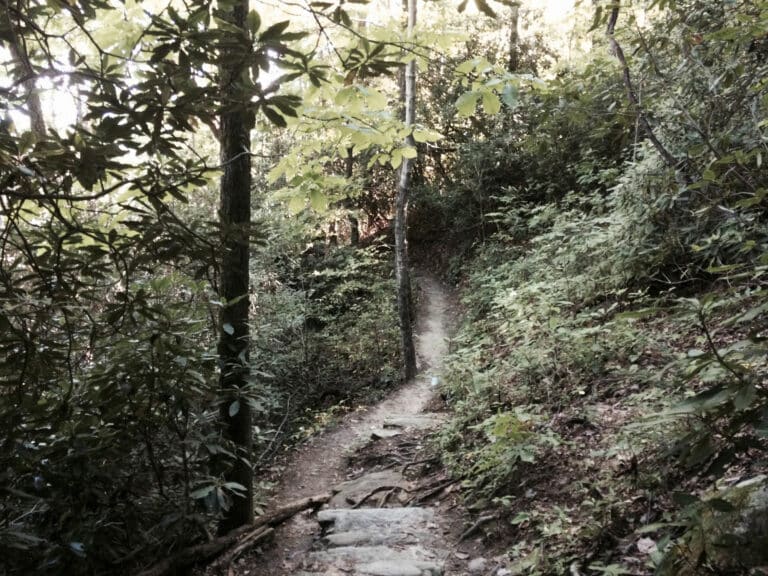What do you bring into the outdoors?
Dear Mountain Mama,
On yesterday’s ride, my friends couldn’t stop talking about the California mountain biker who set out for an 18-mile ride and never returned. Weather conditions were so terrible that rescue efforts were delayed until the next day. Rescuers found the guy dead, leaning against a hill and still sitting on his bike.
I’ve gone on plenty of solo rides longer than that, and I never bring more than a few bars, water, and a tire repair kit. It seems overboard to plan every outing as if it could turn into an expedition.
What should I bring into the wilderness?
Thanks,
Mountain Biker
Dear Mountain Biker,
I am so sorry to read about the mountain biker’s death and extend my sympathy to his family. He died too young and many will mourn his untimely passing. For the rest of us, perhaps we will think a little more carefully about when we go into the wilderness and what we bring with us.
Our gear list depends on a few variables, like where we’re going, what we’re doing, and how long we expect to be there. At the very least, we should all bring our common sense. And sometimes, the best decision we can make is to postpone our trip until we can go in more favorable weather conditions.
The mountain biker in question went riding on trails after heavy rain and thunderstorms. According to a local bike shop salesman, the trails would have been “nearly unridable.”
It boils down to personal responsibility. We should venture into the outdoors with an attitude (reflected in the gear we bring with us) that we’re prepared to handle what comes our way.
We hone our common sense through experience, which will involve mistakes. Two weekends ago I paddled along Georgia’s coastline. The forecast called for seventy degree days and forty degree nights. After much debate, I brought my drysuit for paddling. I sweated the first day and paddled the second bare-chested (well, with a bikini top under my PFD).
A front blew in the third day. Temperatures dropped. I dug my drysuit out, but I’d been sloppy in storing it, and my suit was wet inside.
That night at camp, I unpacked my hatches to find my Therma-rest and down sleeping bag – both soaked. I barely slept, shivering most of the night. I’m used to paddling out West, where it doesn’t matter if gear gets wet – the sun dries gear in a matter of minutes. But in the Southeast, the high humidity makes drying anything a slow process. Besides, frequent rain showers means gear might get wet and stays that way. I had no idea what a bad idea it was to bring a down sleeping bag on the trip until I had to spend a night very cold.
Luckily, the only consequence of my oversight was spending a very cold night camping on a beach in Georgia. We all make mistakes, and we can all aspire to doing a little better the next time around. That means carefully assessing the conditions, the route, and the weather. That assessment begins a conversation about the layers, maps, food and water, and other gear needed.
Plan On,
Mountain Mama








